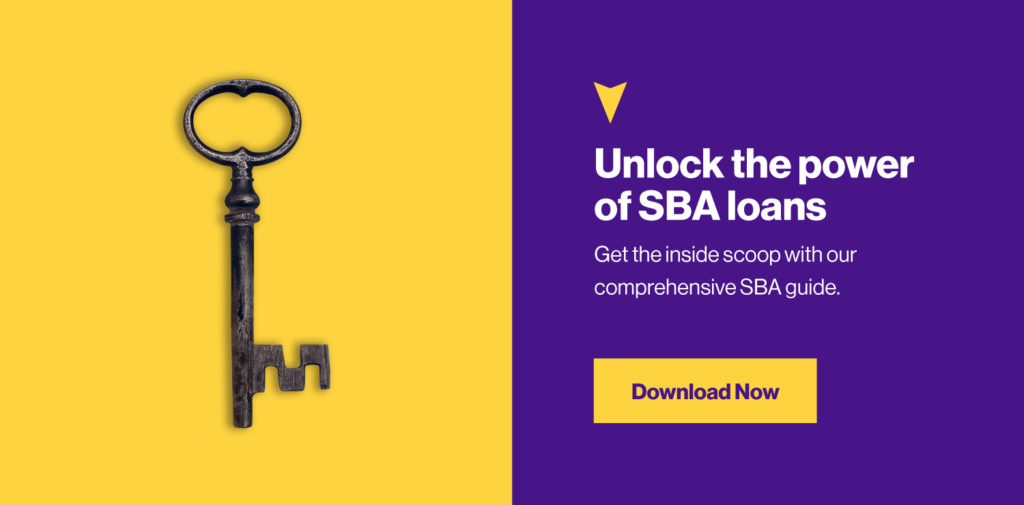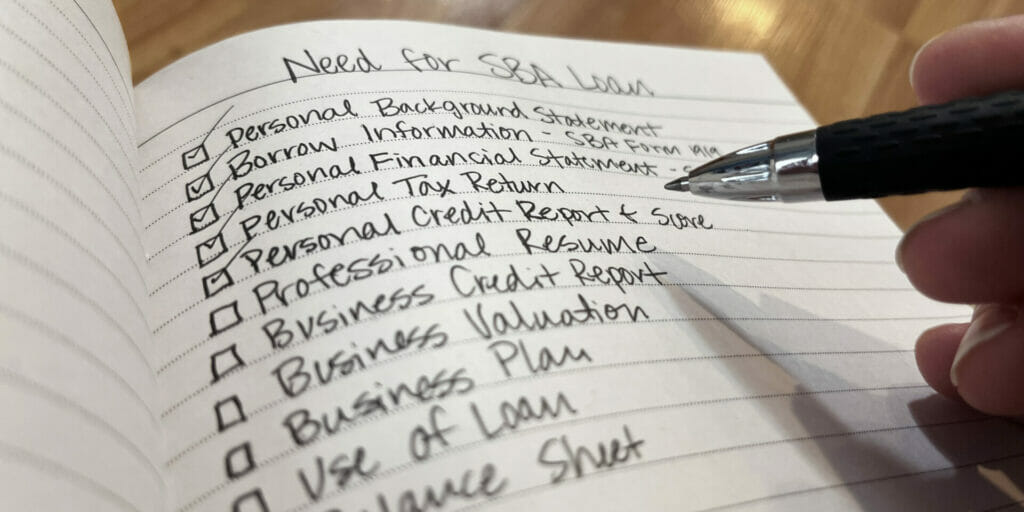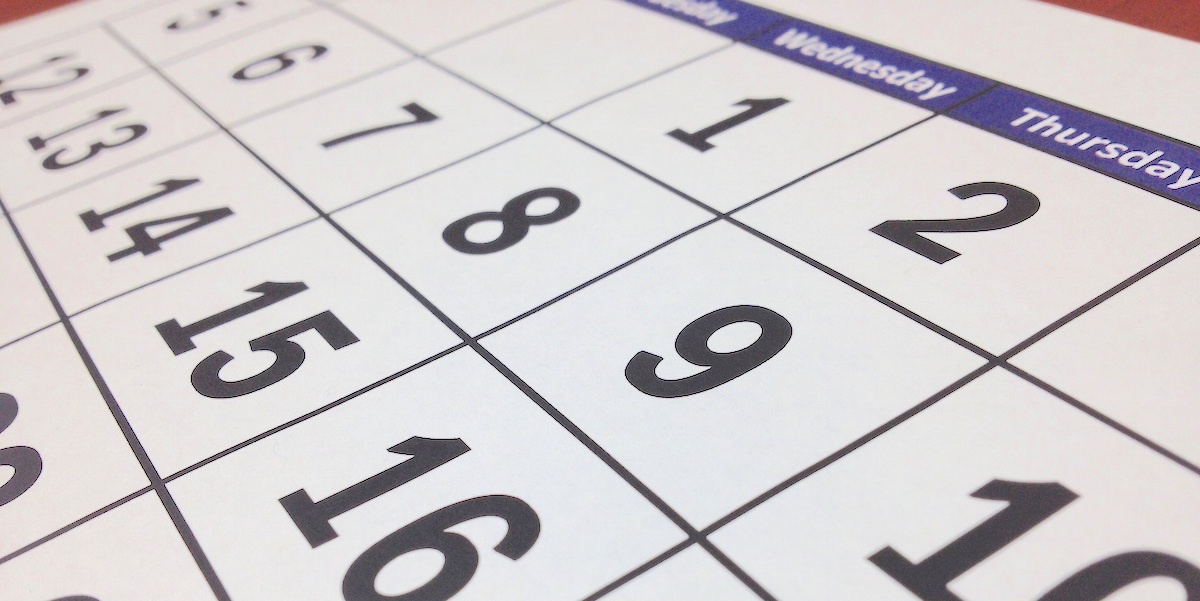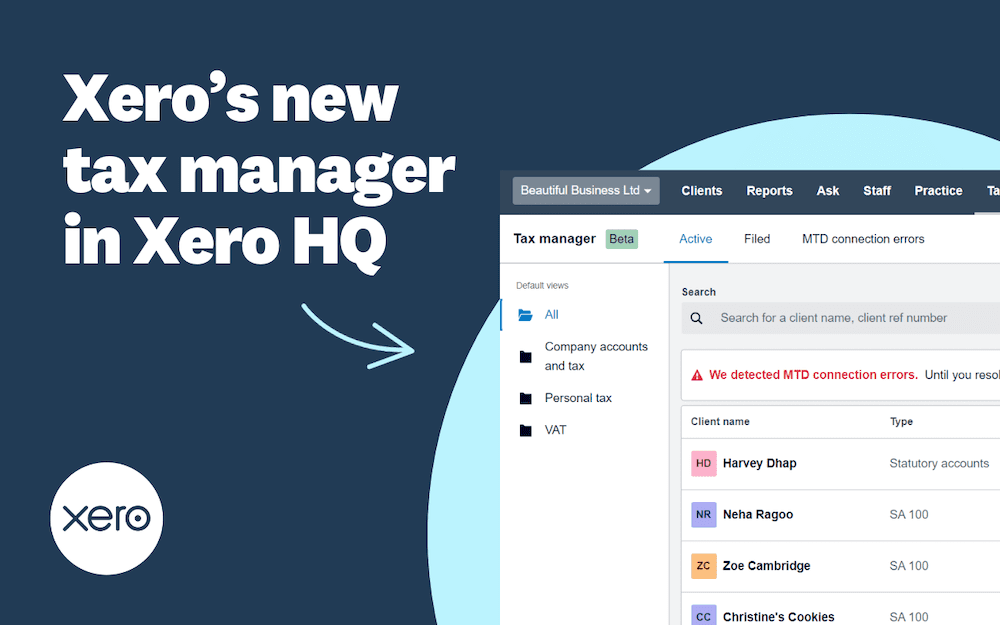Applying for an SBA loan can be a daunting task. The Small Business Administration (SBA) offers a variety of loan programs designed to help entrepreneurs get the financial support they need. Still, the information available makes it difficult to know whether or not an application is even likely to succeed.
In this article, we’ll provide a snapshot of the minimum requirements for an SBA loan and a detailed overview of the documents you must submit to apply. You’ll be ready to start your application on the right foot by the end of this article.
Getting your financial information together is one of the hardest parts of applying for an SBA loan. Fortunately, with the help of indinero’s accounting services for small businesses, it doesn’t have to be so difficult.

What Is an SBA Loan?
When people say “SBA loan,” they refer to the 7(a) loan program. It’s the most common type of loan backed by the SBA, both in number of loans and total dollars lent.
Nevertheless, there are about half a dozen SBA-backed loans, and they’re all designed to assist small businesses that may not qualify for traditional bank financing. They’re partially guaranteed by the SBA, which reduces the risk to lenders and makes it easier for small businesses to secure the funds they need.
The bottom line for businesses is that an SBA loan carries favorable interest rates compared to other available options.
Minimum SBA Loan Requirements
Due to their favorable interest rates, accepting an SBA loan is a competitive process. In 2019, a Federal Reserve survey reported that only ~52% of applicants were approved for SBA funding.
Since compiling the documents for an application is a time-intensive activity, it’s worthwhile to check that your business meets certain requirements before you start.
Basic Criteria
- Your business is currently in operation
- The business is for-profit
- Your primary office is located in the U.S
- You employ fewer than 500 employees
- You have less than $7.5 million in annual revenue
- You aren’t able to obtain the desired credit through other avenues
Financial Criteria
You won’t be rejected outright if you don’t meet the following criteria, but it would take an exceptionally strong application to overcome.
| Personal Credit Score | At least 630* |
| Debt to Income Ratio | 50% or below |
| Debt Service Coverage Ratio | 1.15 or better |
| Down Payment | 10-30% of loan principal |
| Collateral | Equal to the value of the loan |
Sources: 504 Capital, SBA 7(a), Lending Tree
Calculating Debt to Income (DTI) and Debt Service Coverage Ratio (DSCR)
In addition to credit scores, these ratios are how lenders evaluate whether a business can pay back their debts. They’re calculated slightly differently, so let’s look at some examples.
Debt to Income calculates gross monthly revenue against monthly debt obligations, like so:
| Debt to Income = Monthly Debt Obligation/Monthly Revenue = $2,000/$10,000 = 20% |
On the other hand, a debt service coverage ratio considers annual profits against total outstanding debt, regardless of term length. So even if a loan isn’t due to be paid back for a decade, the entire principal is considered in this calculation. For example:
| Debt Service Coverage Ratio = Annual Profit/Total Outstanding Debt = $100,000/$80,000= 1.25 |
What Disqualifies You From Getting an SBA Loan?
The most common reasons SBA loans are denied are poor credit, too much existing debt, or insufficient collateral. Other reasons include:
- Prior bankruptcy
- Negative taxable income
- Prior violent or financial felony or misdemeanor
Certain industries are ineligible for SBA loans as well. Those include:
- Gambling
- Real estate
- Lending institutions
- “Adult” businesses
- Non-profits
What Documents Do You Need for an SBA Loan?

Personal Background Statement
Most SBA lenders will ask for a written statement detailing your personal background. This should include previous addresses, names you’ve used, criminal records, and educational background. Think of it like a biography that includes personal information verifiable through outside sources.
Borrow Information: SBA Form 1919
This form gathers information about the applicant, loan details, debt, business leaders, and past or present government financing.
Personal Financial Statement: SBA Form 413
Since many SBA loans require personal guarantees, they use this form to collect information about your personal finances; you’ll find questions about your personal assets, liabilities, and income.
All owners of 20% or more, their spouses, and guarantors must complete the form.
Personal Tax Returns
As with your credit score, the SBA will look at your personal tax returns to analyze whether or not you’ll be fiscally responsible when you take on your SBA loan. Be prepared to provide your personal tax returns for the past two tax years. If, for any reason, you are behind on your tax filings, you’ll be expected to show proof of an extension along with a written explanation of why you chose to extend your deadline.
Personal Credit Report & Score
Because small businesses typically have very little borrowing history, the SBA will rely on the business owner’s personal credit reports and scores to better understand borrowing and debt repayment habits.
To access this information, your approved SBA intermediary lender will solicit your credit report from one or more of the three major credit reporting agencies—Experian, Equifax, and TransUnion.
To prepare for this SBA loan requirement, take the time to pull your personal credit reports from all three agencies so you know your score and can check for any false information. If you do encounter errors, contact the reporting agency in writing to have it corrected before submitting your SBA loan application.
Professional Resume
Along with your background, SBA loan requirements include a professional resume. Like a resume for any job application, this document will show lenders your business experience and how well you know your industry.
Your resume is an excellent opportunity to describe what makes you qualified to run your small business and how prepared you are to use your SBA loan successfully. It is particularly important if your business is just starting, so carefully craft this document.
Business Credit Report
Not all applicants will have this, but if you have already been in business for some time, your lender might pull a business credit report.
As with your personal credit report, it’s a good idea to examine these documents yourself before applying for a loan to ensure all the information is accurate and you feel prepared for what your lender will see.
Business Valuation
The lender will require a third party’s independent evaluation if the loan will be used to purchase an existing business.
Business Plan
All SBA loan applications will ask you to submit a business plan detailing the future projections for your business. This should include financial projections like future sales, cash flow, profit margin, and your company’s more qualitative goals like its mission, values, and brand promise. This is your opportunity to convince the lender in your own words that you’re worth the investment, so take the time to do it well!
Use of Loan
To help the lender understand whether this loan is a good investment for your business (and how likely you are to be able to repay it), they will want to know how you plan to use the loan. Organizations can use SBA loans for various business purposes, but your intended use of funds may determine which SBA loan program best suits your needs.
Make sure you review the SBA loan requirements for the 7(a) loan, the CDC/504 loan, and the SBA’s microloan to ensure your use of funds appropriately matches the loan program.
Balance Sheets
Your SBA loan requirements will include a current balance sheet, updated within the last 60 days, and monthly or quarterly balance sheets for the last three years.
Profit & Loss Statements
Most SBA lenders will ask for a year-to-date profit and loss statement (P&L), updated within the last 60 days, and full P&Ls for the past three income years.
When reviewing your P&L, lenders will check to see that your cash flow is steady enough to weather the ups and downs of business.
Debt Schedule
Your business debt schedule lists all the debts your business currently owes. They’re broken down into monthly payments and will show your interest and payment dates.

Business Income Tax Returns and Bank Statements
After reviewing the financial documents prepared internally by you or your accountant, the SBA lender will look to your business income tax returns and bank statements to verify this information.
Your lender will closely review bank statements and tax returns. Any disparity between the two documents is considered a red flag. Therefore, you must carefully audit these documents alongside your financial reports before submitting your loan application.
Collateral
Most accepted SBA loans include collateral. This can be anything valuable, whether owned by the business or you personally, that you’re willing to risk losing if you’re unable to repay your SBA loan. Some examples of collateral include your family home or other real estate, a vehicle, equipment, or inventory.
Legal Documents
While the legal business documents required can vary between SBA lenders, it’s wise to organize your business documentation so that you are prepared to provide copies of any and all business structuring or legal documents. These might include:
- Business licenses and registrations allow you to conduct business
- Articles of Incorporation
- Contracts with third parties (like clients or suppliers)
- Franchise agreements
- Leases for commercial real estate or business equipment
Once I apply, How Long Does it Take to Get an SBA Loan?
It takes between 30 and 90 days from when you submit your SBA loan to begin receiving funding (if approved).
Conclusion
Securing an SBA loan may seem daunting, but it’s entirely achievable. By knowing the specific requirements, organizing your financials, and gathering all the necessary documents, you’ll be well on your way to presenting a strong application.
While the process may be competitive, the favorable interest rates and terms of SBA loans make the effort worthwhile.
If you found this guide valuable and want to apply for an SBA loan, consider contacting an indinero small business expert. We’ll help you through the SBA loan application process and, even if you’re ultimately not approved, direct you to other potential lending sources.





